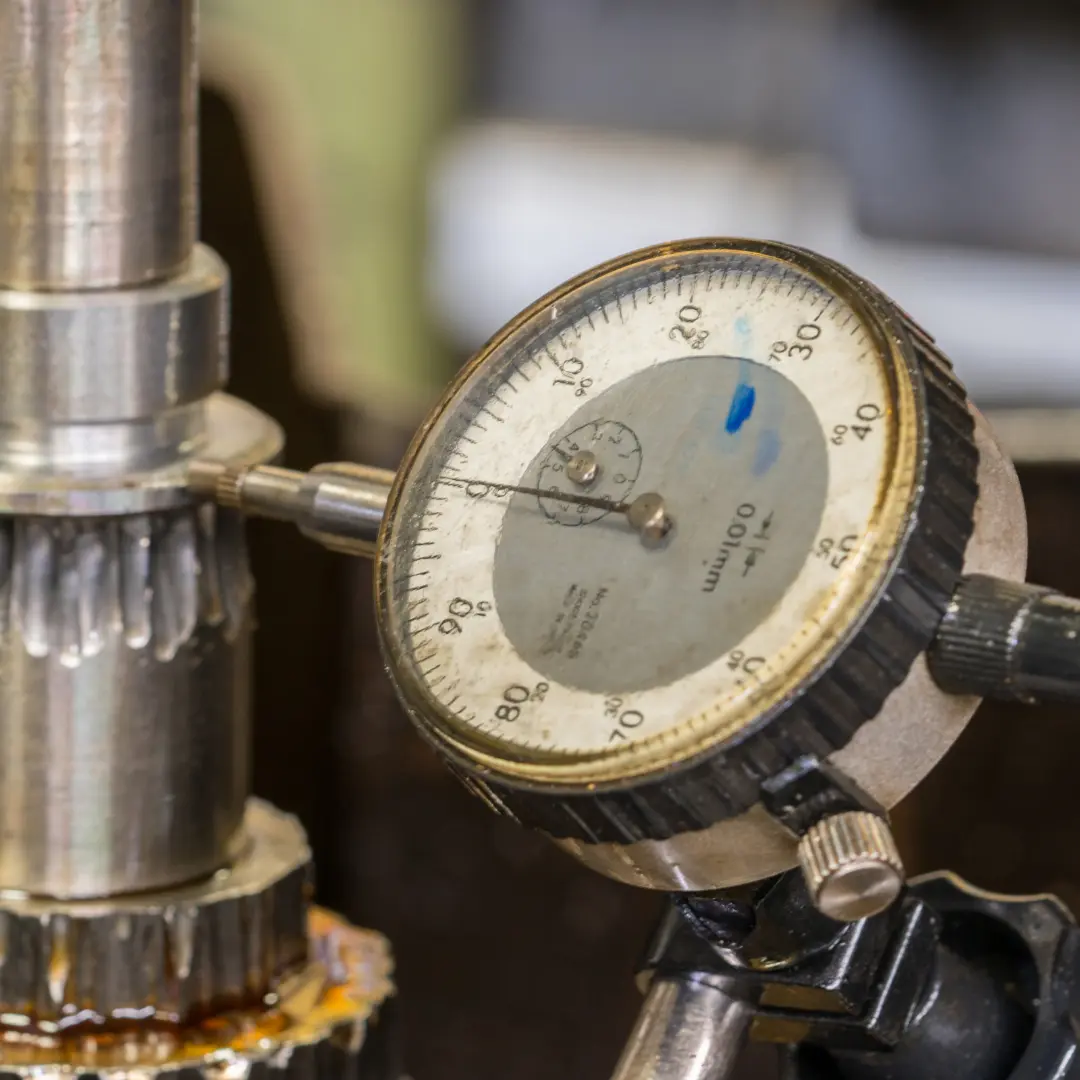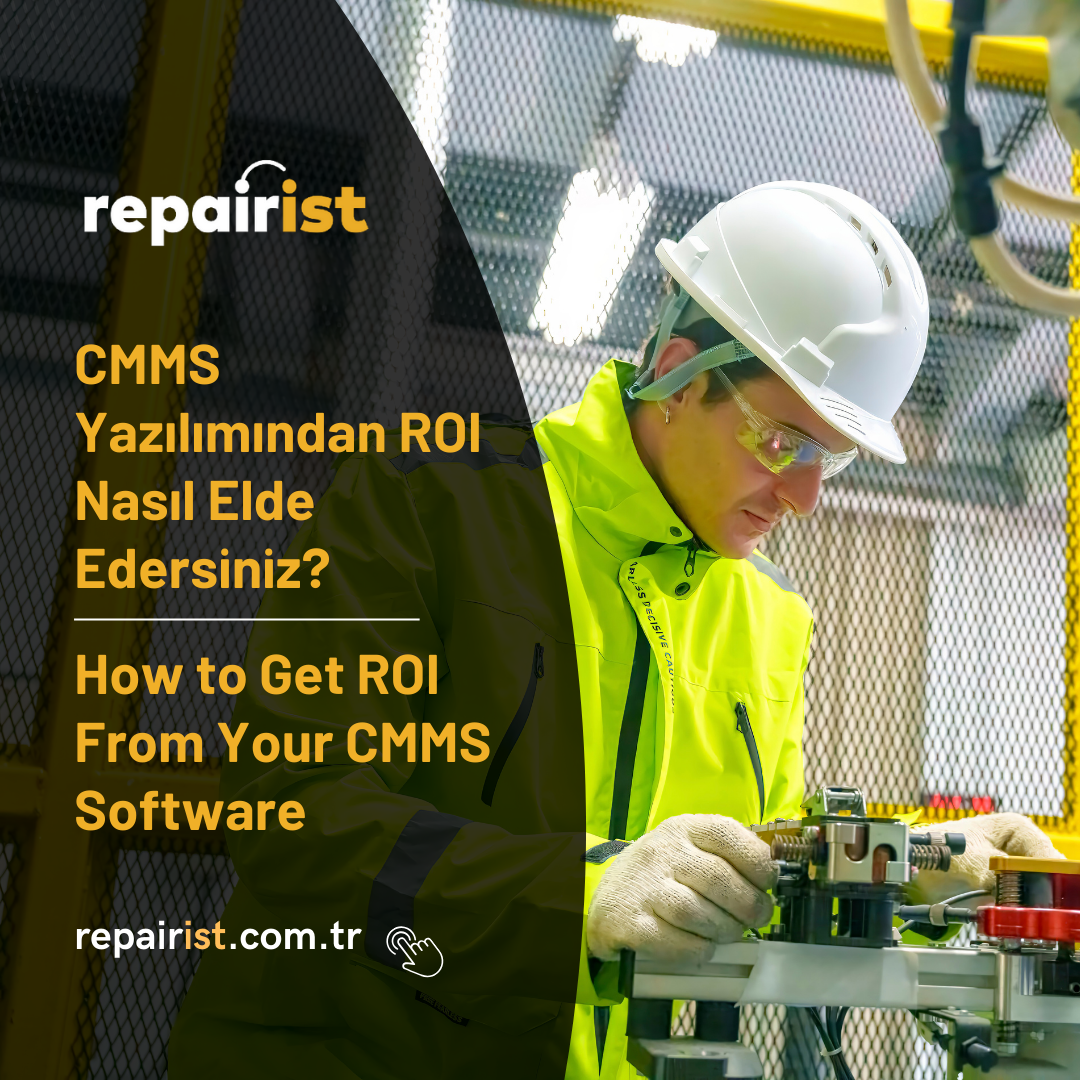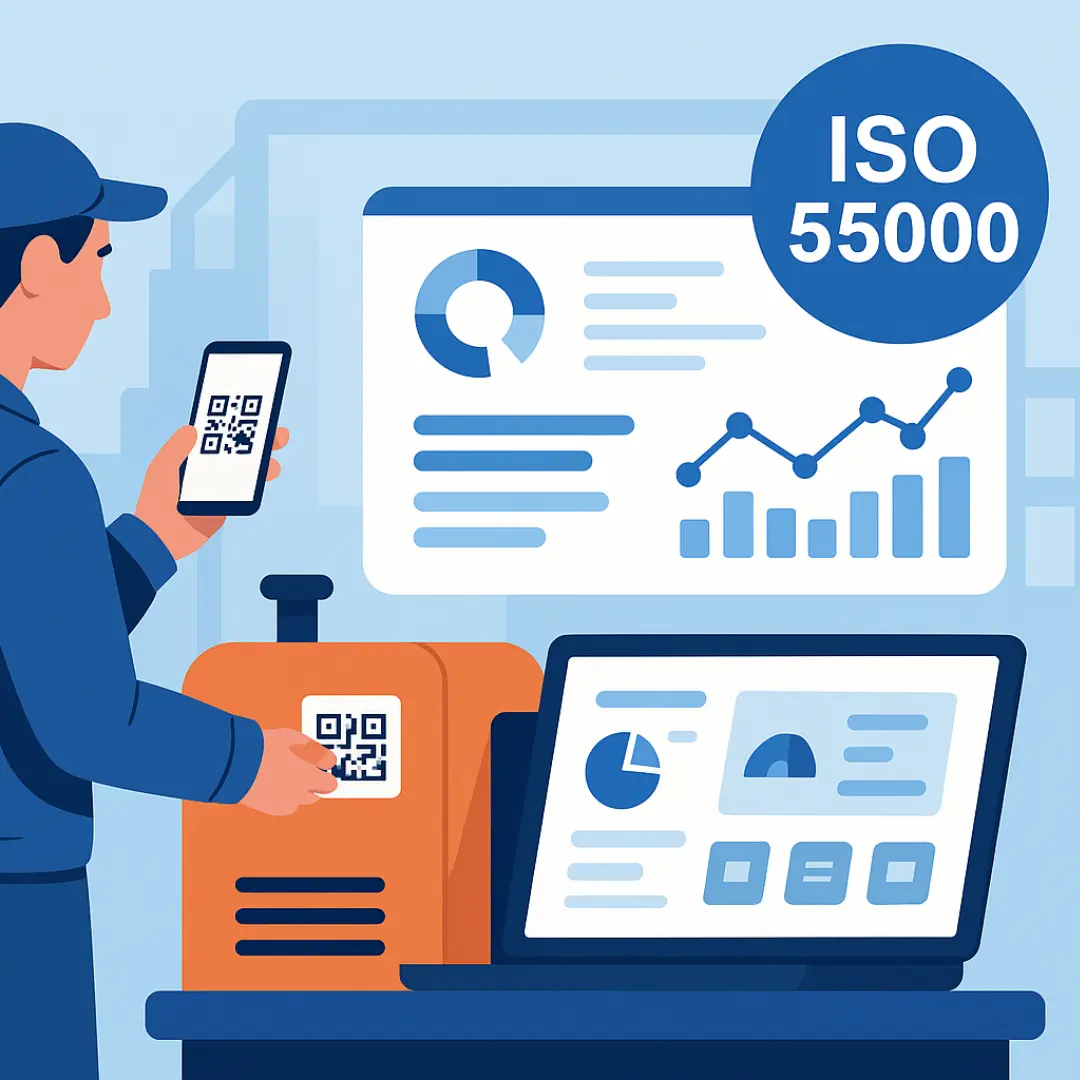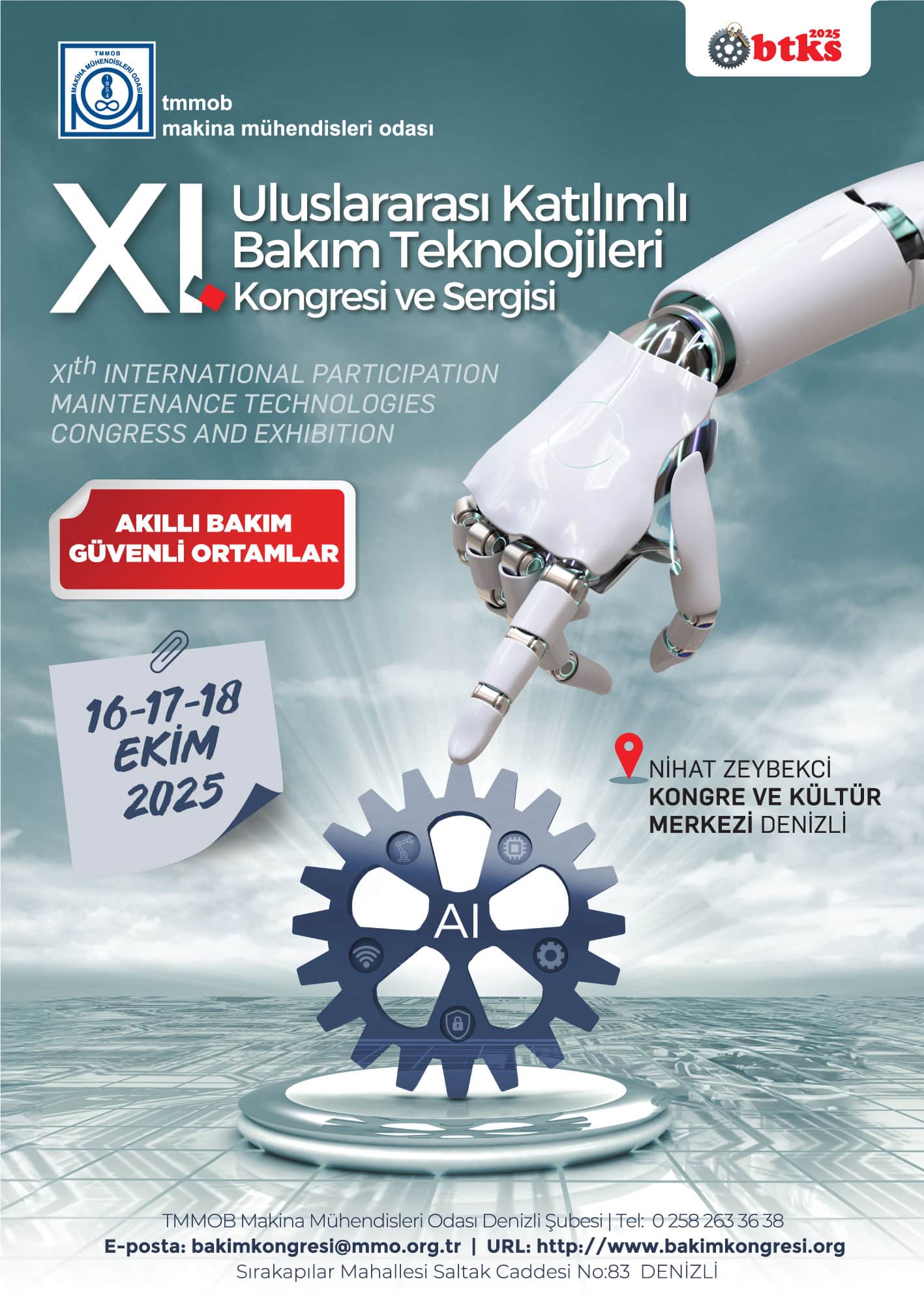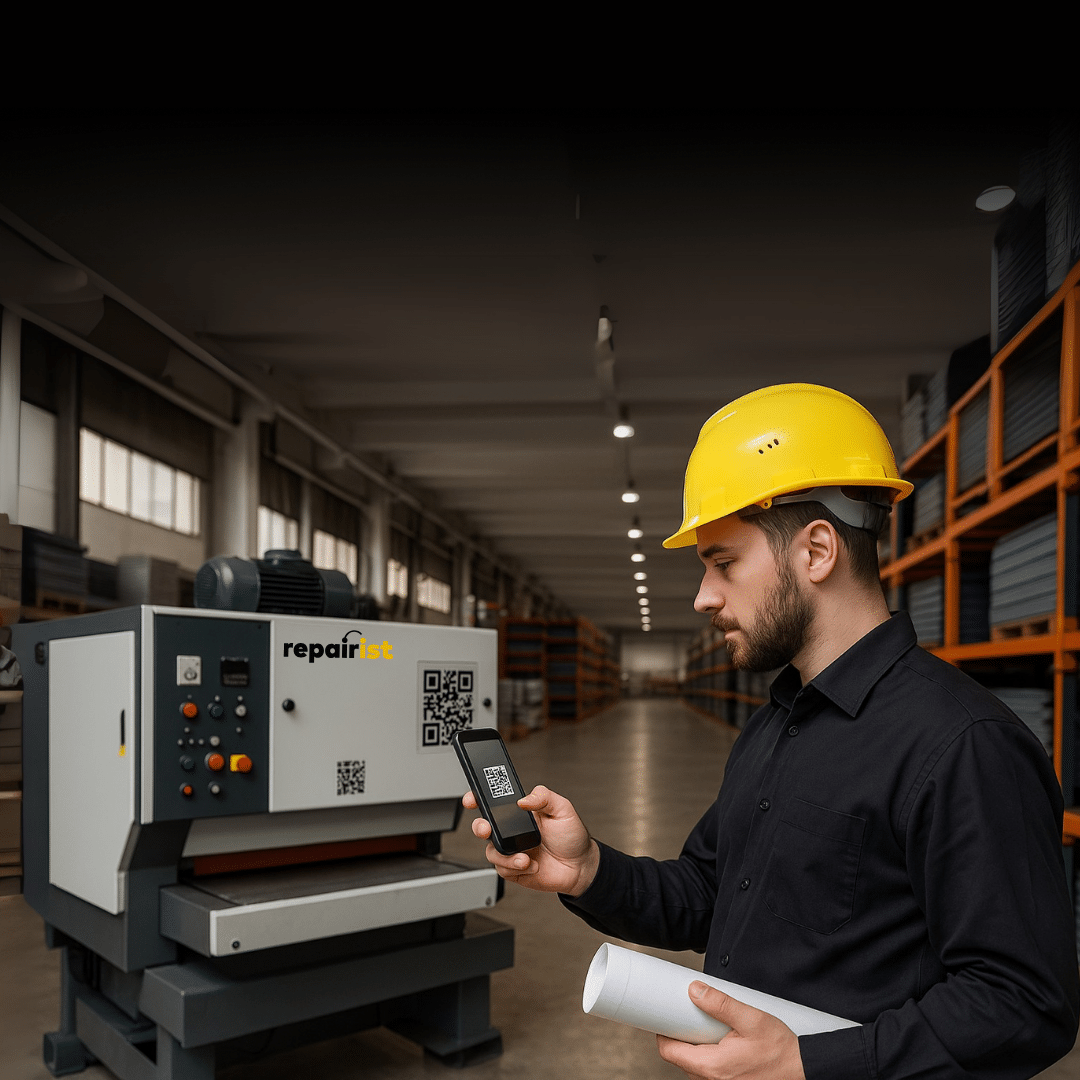CMMS Integrations: Enhancing Business Processes with ERP, IoT, and Energy Monitoring Systems
Digital transformation is revolutionizing industrial maintenance management. Computerized Maintenance Management Systems (CMMS) not only digitize maintenance processes but also boost operational efficiency and sustainability by integrating with various technologies and software. Strong integrations—especially with ERP systems, IoT devices, and energy monitoring platforms—make maintenance operations smarter, more proactive, and data-driven.

ERP and CMMS Integration: Seamless Process Alignment
Enterprise Resource Planning (ERP) systems manage core business functions such as finance, procurement, inventory, and human resources. When integrated with a CMMS, the entire workflow—from maintenance requests and work orders to procurement processes—can be managed digitally and automatically. This integration enables:
- Automatic updates of material and spare part inventories required for maintenance
- Accurate tracking and reporting of maintenance costs through the ERP system
- Acceleration of procurement processes and elimination of unnecessary inventory buildup
- More efficient workforce management and labor planning
- Financial planning and budgeting processes supported by real-time data
Integration strengthens interdepartmental collaboration. For example, the maintenance team can create work orders based on real-time budget and inventory status pulled from the ERP, optimizing resource planning. As a result, delays in maintenance are reduced, cost control improves, and workforce productivity increases.
IoT and CMMS: The Key to Predictive Maintenance
Internet of Things (IoT) sensors collect real-time data from equipment, enabling early identification of potential failures. When IoT data is integrated into a CMMS platform, it allows for:
- 24/7 monitoring of critical parameters such as vibration, temperature, and pressure
- Automatic creation of maintenance work orders when anomalies are detected
- Support for predictive maintenance strategies, minimizing unplanned downtime
- Real-time dashboards for tracking equipment performance and condition
- Long-term trend analysis for optimized maintenance scheduling
With this technology, maintenance teams can act only when necessary and at the right time, using their resources more efficiently. IoT integration also offers businesses the opportunity to reduce maintenance costs and extend equipment life. Proactive interventions help prevent production losses and unexpected equipment failures.
CMMS and Energy Monitoring Systems: Sustainable and Cost-Efficient Operations
Energy costs are a significant expense for many production and industrial facilities. Integrating CMMS with energy monitoring systems allows for analysis of equipment energy consumption and delivers benefits such as:
- Identifying low-efficiency equipment and prioritizing their maintenance
- Monitoring energy usage trends and preventing unnecessary consumption
- Generating reports and decision support aligned with sustainability goals
- Analyzing correlations between energy consumption and maintenance activities
- Integrating energy costs into budgeting and reporting processes
This integration strengthens both environmental and financial sustainability. Monitoring energy data also allows for optimized maintenance planning based on the operating hours of energy-intensive equipment. This not only improves energy efficiency but also ensures peak equipment performance.
Strategic Advantages of CMMS Integrations
1. Data Consistency and Centralized Management
Consolidating data from various systems into a single platform eliminates the risk of data loss and inconsistencies. Decision-making processes become faster and more accurate, based on reliable and up-to-date information.
2. Business Continuity and Risk Management
Integrated systems facilitate early detection and intervention of operational risks. Especially with IoT-based predictive maintenance, failures in critical equipment can be prevented, minimizing production downtime.
3. Cost Optimization
Expenses related to unnecessary maintenance, excess inventory, and energy waste are reduced. A CMMS integrated with ERP enables real-time tracking of maintenance costs and budget deviations.
4. Increased Workforce Productivity
Thanks to integration, maintenance teams can easily access field data, manage work orders through mobile devices, and reduce administrative overhead. This leads to faster response times and more efficient use of manpower.
Future-Ready: CMMS at the Core of Digital Transformation Through Integrations
In the era of Industry 4.0 and digital transformation, system-to-system integration is essential for businesses seeking a competitive edge. Seamless integration of CMMS with ERP, IoT, and energy monitoring systems ensures that maintenance operations are not only efficient today but also resilient for the future.
Implementing these integrations in your organization is a critical step toward enhancing maintenance efficiency and achieving long-term, sustainable success. Investing in integrated CMMS solutions is one of the foundational pillars of future growth and digital maturity.

Next Steps
Have you received sufficient information about “CMMS Integrations” ?
repairist is here to help you. We answer your questions about the Maintenance Management System and provide information about the main features and benefits of the software. We help you access the repairist demo and even get a free trial.
Aybit Technology Inc.
Frequently Asked Questions (FAQ)
ERP systems manage business functions such as finance, procurement, inventory, and human resources. Integration with CMMS ensures seamless and automated workflows from maintenance requests to inventory management. This not only keeps costs under control but also improves overall operational efficiency.
IoT sensors collect real-time data from equipment. This data is transmitted to the CMMS, where anomalies trigger automatic work orders. As a result, unplanned downtime and equipment failures are significantly reduced.
By integrating energy monitoring systems with CMMS, equipment-level energy efficiency can be tracked. This enables energy savings, supports sustainability goals, and allows maintenance planning to be optimized based on actual energy usage.
The duration of integration depends on the existing infrastructure, system compatibility, and project scope. With proper planning, small-scale integrations can be completed within weeks, while more complex projects may take several months.

